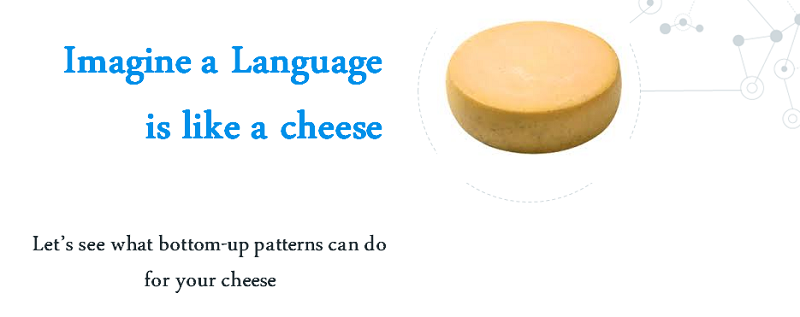Yesterday I attended (and enjoyed a lot) PAME 2015 (First International Workshop on Patterns in Model Engineering ).
We discussed a lot about the importance of (modeling) patterns, the different kinds of patterns (and pattern users) we can find, the relationship between patterns and (domain-specific) languages and a long list of related topics that you’ll be able to read once we write down the (planned) workshop report.
Until then, you can at least enjoy my contribution to the workshop. I gave a talk titled “Who needs languages when you have patterns?” (though probably a better name would have been the one I used for this post: “Improving languages: usage patterns to the rescue”) where I basically argued that:
- Most patterns are useless, with no empirical evidence they solve any real problem
- The only patterns I do find relevant are bottom-up/usage patterns: what language elements are frequently used, how they are typically combined together and the existence of separate clusters in the language
- These patterns can be detected by means of corpus-based language analysis techniques
- Armed with this information we can improve a language by removing (or hiding) unused elements, splitting the language or adding new constructs that provide better coverage to some modeling scenarios.
Check also the slides below for a better overview of the above points.
FNR Pearl Chair. Head of the Software Engineering RDI Unit at LIST. Affiliate Professor at University of Luxembourg. More about me.




Recent Comments